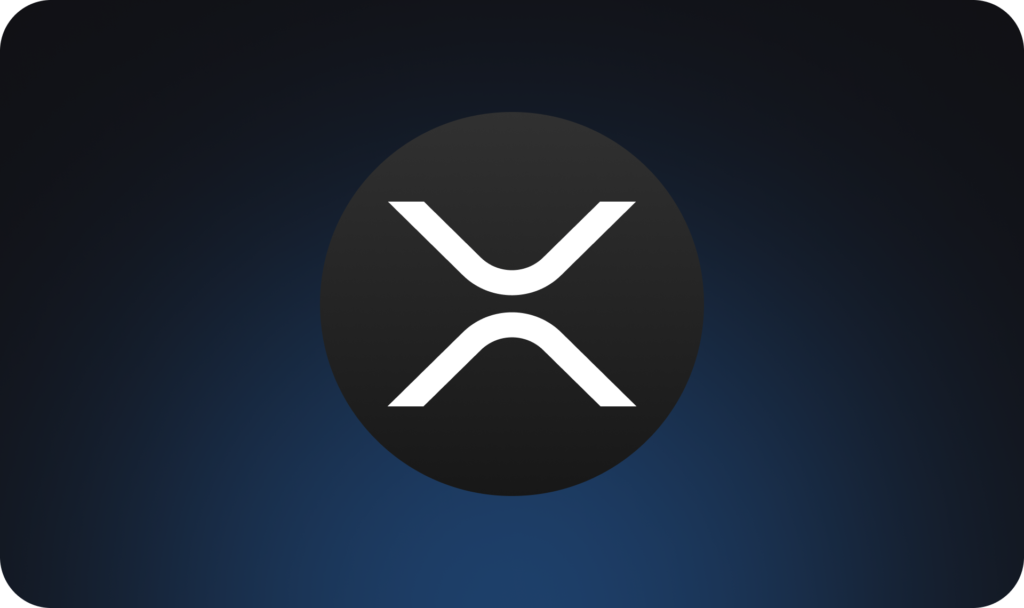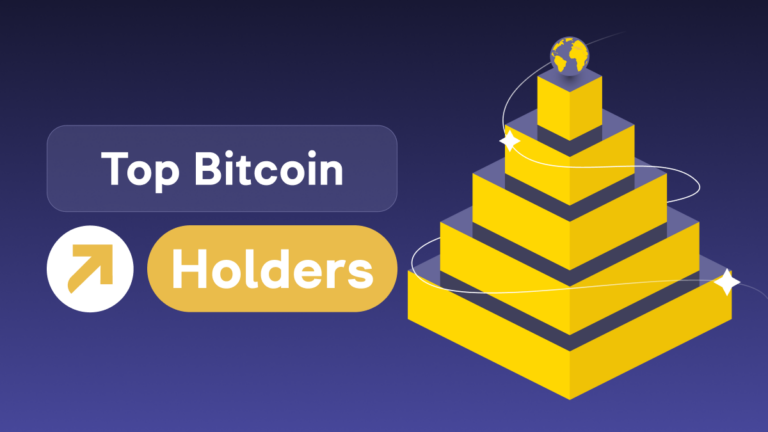What is Ripple (XRP)

Content
| Founders | Chris Larsen, Jed McCaleb |
| Founded | 2012 |
| Maximum supply | 100 000 000 000 |
| Ticker | XRP |
| Network | BEP-20 |
| All-time high | $3,37 |
| Project’s website | https://ripple.com/ |
| White Paper | https://ripple.com/files/ripple_consensus_whitepaper.pdf |
What is Ripple (XRP)?
Ripple is a blockchain platform created in 2012 by the Ripple company, founded by American programmers Jed McCaleb, Arthur Britto, and cryptographer David Schwartz (CTO). But the author of the fundamental payment system concept is Canadian programmer Ryan Fugger.
The project focuses on financial institutions and aims to become a decentralized alternative to the SWIFT interbank transaction system. Traditional financial institutions have shown their support for the Ripple project. The company’s products are currently used by dozens of institutions, such as Standard Chartered Bank and American Express.
The Ripple ecosystem operates based on the decentralized XRP Ledger (XRPL) network, with XRP being the native coin of the project.
As of 2022, the Ripple (XRP) cryptocurrency is among the top ten cryptocurrencies by market capitalization.
History of Ripple (XRP)
It is essential to understand that XRP and Ripple are different things. XRP is a digital asset, and Ripple is a commercial company that helps promote and develop the XRP cryptocurrency, the software (XRP Ledger), and many other transaction-oriented projects.
The concept of a decentralized payment system arose thanks to programmer Ryan Fugger in 2005. The idea was implemented in 2006 and was titled RipplePay.com. However, the project did not gain wide publicity and was not successful.
In 2011, the developer handed over management duties to Jed McCaleb. In 2012, McCaleb, programmer Arthur Britto, and cryptographer David Schwartz founded OpenCoin, later renamed Ripple Labs.
Shortly after the project launch, Ripple distanced itself from the XRP coin. In July 2018, a message appeared on the project’s website, where the coin was presented as a digital asset independent of the company.
David Schwartz, CTO of Ripple, stated that the company is developing a payment system but has nothing to do with the creation of XRP, having received the coin from the project’s founders. Jed McCaleb left the company in 2014 and founded Stellar (XLM).
Currently, the company is headed by Brad Garlinghouse.
How does Ripple (XRP) work, and where is it used?
Ripple is an ecosystem based on the XRP Ledger (XRPL) decentralized network.
XRP is the native coin of the Ripple network, with an emission of 100 billion XRP. Coins were issued at the network launch: 65% of all XRP were sent to Ripple’s escrow account, and 35% went into free circulation.
How can you use XRP? Ripple’s main product is RippleNet, a global network for cross-border financial transactions intended for clients of various financial institutions. The XRP cryptocurrency is actively used for transfers through payment bridges and is the unit of account in the RippleNet interbank system.
The system was designed on top of XRPL as a payment and exchange network. RippleNet offers banks and financial institutions several products: xRapid, xCurrent, and xVia.
What are the advantages and disadvantages of Ripple (XRP)?
The essential advantage of the network is high speed (the average block production time is 3-4 seconds), as well as low transfer fees.
It can process up to 1500 transactions per second. Transferring money in the traditional interbank systems is expensive because they charge relatively high fees. Using the platform allows you to reduce the costs associated with transactions. In addition, Ripple supports cross-currency payments.
The main disadvantages of Ripple (XRP) include a narrow scope of application, lack of anonymity, and privacy.
According to John Deaton, an attorney representing XRP holders, Elon Musk ran one of the best promotional campaigns for the coin in May 2021.
Tesla’s CEO said the company is considering other digital alternatives for payment that consume less electricity than Bitcoin.
The company has also expressed concerns about the sustainability of mining. XRP has emerged as one of the “green” contenders.
Elon Musk bought Twitter in 2022; how this will affect the market for digital assets remains to be seen.
How to get Ripple (XRP)?
Ripple (XRP) can be easily bought on the WhiteBIT cryptocurrency exchange. If you plan to invest in XRP long-term, you can get additional income using the crypto deposit tool. It allows you to earn up to 28% annually, depending on the chosen plan.
The platform also provides the opportunity to trade XRP-PERP perpetual futures contracts.
FAQ
Ripple is a blockchain platform founded in 2012 by the Ripple company. The project focuses on financial institutions and aims to become a decentralized alternative to the SWIFT interbank transaction system.
The Ripple ecosystem operates based on the decentralized XRP Ledger (XRPL) network, with XRP being a native coin of the project.
As of 2022, XRP is among the top ten cryptocurrencies by market capitalization.
There is a big difference between Bitcoin and Ripple (XRP).
The first cryptocurrency network appeared in 2008 and strived to offer a full-fledged alternative to the financial system and traditional fiat currencies. Bitcoin provides a new, open-source, decentralized payment system.
Ripple, in turn, aims to become an alternative to the existing systems of interbank transactions. According to modern requirements, Ripple offers a service that will help traditional structures work more efficiently. For this purpose, the RippleNet global network was created, which provides for fast cross-border operations.
Another difference is that the decentralized XRP Ledger (XRPL) network, on which the entire Ripple ecosystem functions, uses a unique consensus algorithm called the XRP Ledger Consensus Protocol. It works on a base of nodes managed by validators. According to official data, there are currently 36 XRP Ledger validators, 6 of which are controlled by Ripple.
But the Bitcoin network consists of nodes connected in a single network of computers with special software. Confirming transactions, creating new blocks, and validating a single blockchain version occurs using a consensus algorithm called Proof-of-Work.
On average, the Bitcoin network supports 3-7 transactions per second (TPS), and the approximate block confirmation time takes up to 10 minutes. While Ripple supports 1500 transactions per second (TPS), and the average confirmation time takes up to 4 seconds.
In December 2020, the United States Securities and Exchange Commission (SEC) filed a lawsuit against Ripple. The SEC issued a ruling on XRP, in connection with which the company sold unregistered securities in the form of XRP cryptocurrency to retail investors for seven years. The defendants in the case are Ripple CEO Brad Garlinghouse and co-founder Chris Larsen.
As of October 2022, the SEC lawsuit against Ripple (XRP) is still pending.








